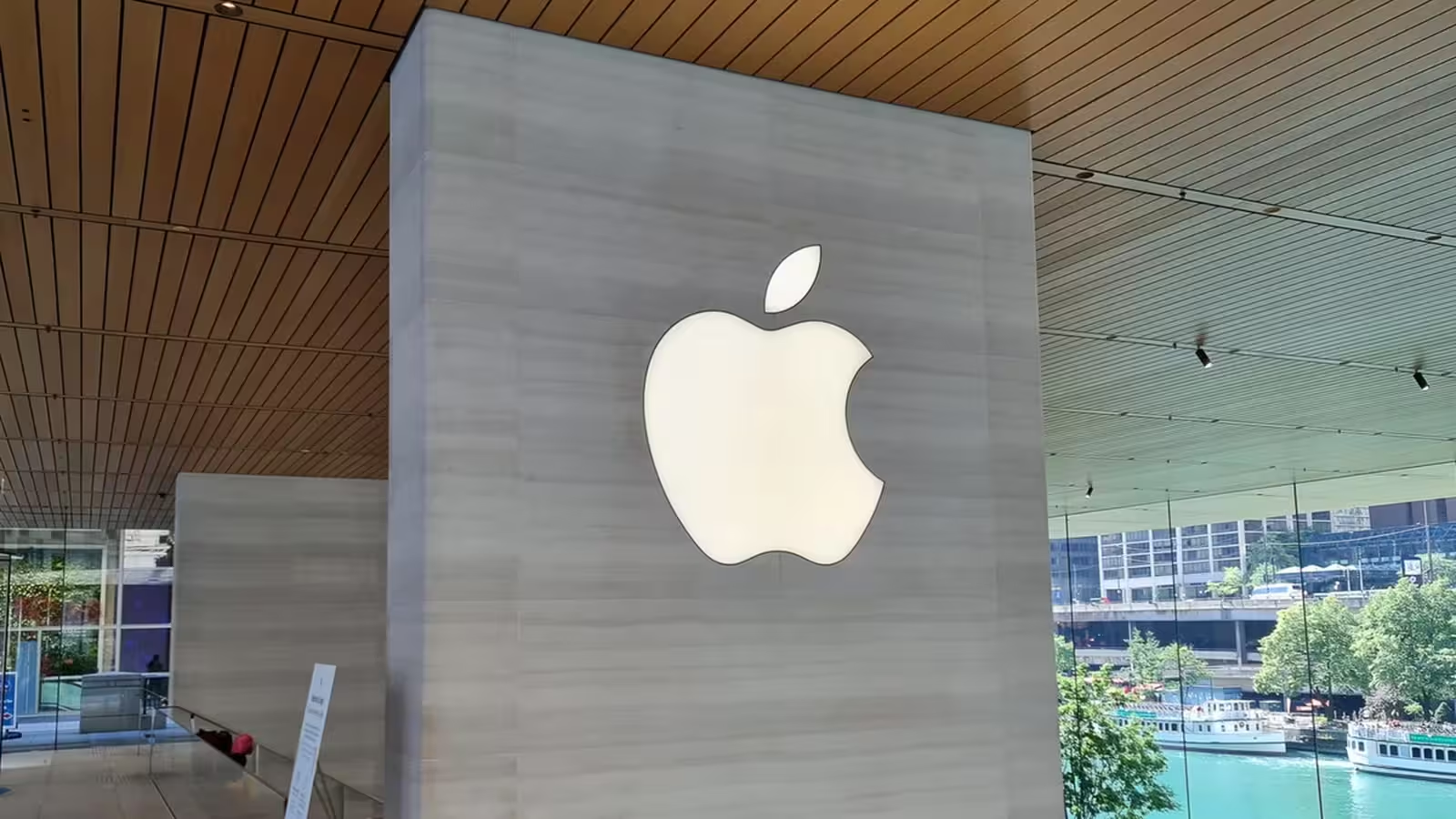3 Minutes
iPhone CPU Performance Surges 500-Fold Over 18 Years
A deep-dive investigation by PC Watch has revealed a staggering advancement in Apple’s iPhone CPU technology. Since the first-generation iPhone debuted in 2007, Apple's smartphone processors have seen a nearly 385x improvement in performance. Projections suggest the iPhone 17 Pro, anticipated for release in late 2025, could stretch that number—delivering CPU speeds over 500 times greater than the original iPhone's SoC.
Decoding Apple's Generational Chip Improvements
PC Watch's analysis utilized a rich dataset from Geekbench, a reputable benchmarking platform for measuring device performance across generations. This data shows that, on average, iPhone CPUs have improved at an impressive 40% compound annual rate since launch, underscoring Apple’s relentless pace of innovation in mobile hardware.
Trailblazing Chip Design: From ARM11 to A-Series
The original iPhone, launched by Steve Jobs in 2007, ran on a Samsung ARM11-based System-on-Chip (SoC) clocked at just 412MHz. It was quickly outstripped by the iPhone 3GS’s Cortex-A8 core, marking Apple’s first leap toward higher performance silicon.
The paradigm shifted dramatically in 2013 with the iPhone 5s, which introduced the Apple A7 chip—the world's first 64-bit mobile processor. This watershed moment vaulted Apple ahead of industry competitors and set a new standard for mobile computing.
Balancing Power and Efficiency: The Apple Philosophy
Unlike many Android competitors who have adopted eight- or ten-core CPU configurations, Apple maintains a focus on balanced architecture. Since 2017, iPhone chips have featured a six-core layout—typically two high-performance cores for demanding apps and four efficiency cores for battery optimization.
This design philosophy continues to pay dividends. In both single-threaded and multi-core performance metrics, Apple’s chips routinely top industry charts—making iPhones reliable picks for power users, mobile gamers, and professionals.
Cutting-Edge Advances: iPhone 16 Series and Beyond
2024’s iPhone 16 and iPhone 16 Pro showcase the latest in Apple silicon innovation. Standard models are powered by the A17 Bionic, built on an advanced 3nm manufacturing process, achieving Geekbench 6 scores over 8,100. The Pro models raise the bar even further, harnessing the new A18 Bionic, boasting core clocks exceeding 4GHz and benchmark results above 8,500.
For context, the iPhone 13 Pro Max from 2021 reached only about 5,700 in similar tests, signaling a 50% improvement in just three years—an exceptional leap, even by Apple’s standards.
Why These Performance Gains Matter
This extraordinary growth in processing power transforms the iPhone into a cutting-edge device for AI applications, high-end gaming, augmented reality, and professional creative workflows. For end-users, that means faster app launches, smoother multitasking, and future-proofed mobile performance.
Considerations in Measuring Progress
It's important to note, however, that converting historic iPhone performance to modern benchmarks like Geekbench involves some estimation for older models. Still, there's no denying the magnitude of Apple’s achievements in mobile CPU technology. With the iPhone 17 Pro on the horizon, users can expect yet another leap forward, keeping Apple at the forefront of the smartphone performance race.
Source: techradar



Comments